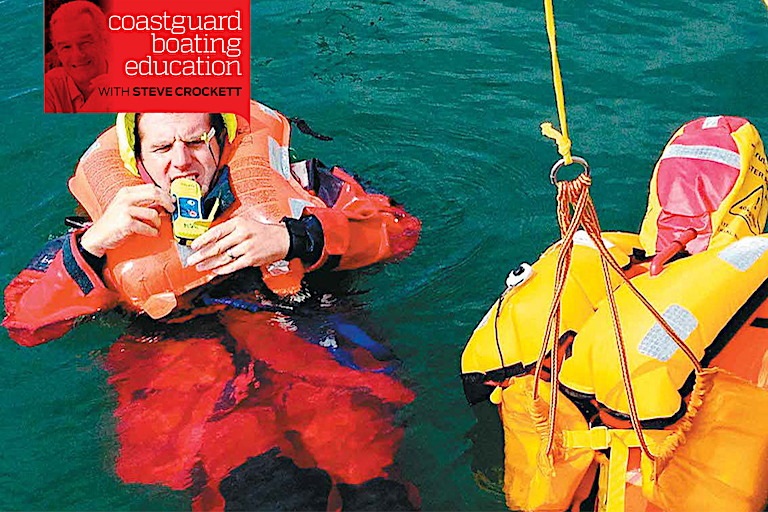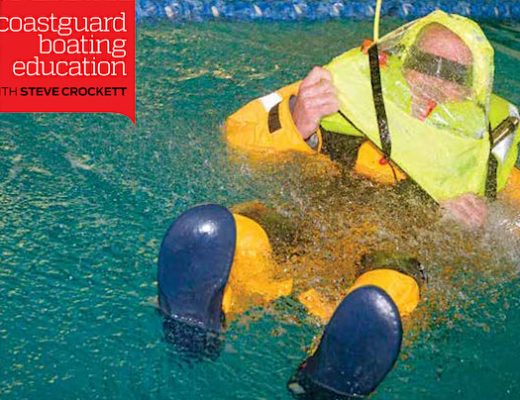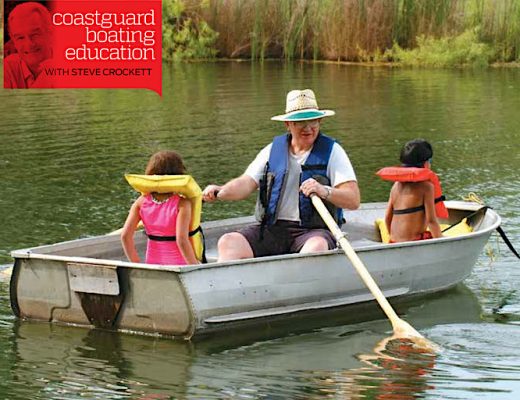REGULAR MAN OVERBOARD DRILLS KEEP YOUR CREW WELL TRAINED. BUT HOW DO YOU SAFELY APPROACH A PERSON IN THE WATER?
“Hey honey, can you take the wheel for a second … we’ve left our starboard fender hanging over the stern. I’ll go and grab it.”
Your partner changes places with you … no problem … you’ve both had significant experience in handling your pride and joy. You go to the stern and grab the fender line, but it’s catching on something. You lean out a little further to investigate. You hear your partner shout something like “Wake!” The boat lurches to starboard and you have time to grab a breath just before you hit the water.
This is your partner’s worst nightmare.
Suddenly … alone … in charge, with a loved one in the water.
You’re ok though. I mean, you are wearing your lifejacket, aren’t you? And of course, you’ve practiced this maneuver before, haven’t you?
I can’t help thinking that the helmsperson smiles wryly and contemplates if the insurance has been paid before they make their next move!
Now consider that the helmsperson has not seen you go over. They are busy concentrating on boat handling over another boat’s wake, and possibly involved in collision avoidance. It may be a minute or two before they look to see how you are doing. At 15knots how far has the boat travelled? At almost 8 metres/sec it could be anywhere from 200 to 800 metres away from the MOB.
What to do? The helmsperson should breathe in, breathe out … then immediately close the throttle whilst travelling in a straight line. Now slowly turn back onto the reciprocal course, i.e. drive straight back down your own visible wake.
It is very important to travel slowly at this point until the MOB is located.
It is also the time to push the MOB button on your chartplotter. This action is designed to give a starting point for a search pattern should you lose sight of the MOB.
Now, once the MOB is in sight there are a number of methods of approach. It is up to the judgement of the skipper at the time. The two most common approaches are either into the wind or beam–on.
It all depends upon the direction of travel with regard to the true wind direction at the time of the MOB.
So, let’s say you were travelling with the wind behind you. When you stop and turn you will be facing directly into the wind. Move slowly towards the MOB using neutral to limit your forward motion. The wind will assist in slowing and stopping the craft and you may need to give it a small nudge to reach the MOB.
This method is good if you have crew to assist you in keeping sight of the MOB, as the person will tend to disappear beneath the bow in the final few metres. But we don’t have crew do we?
The second method is the beam on approach.
Drive slowly upwind past the MOB, throwing extra buoyancy devices if possible. Now turn 90° and position the craft side-on to the wind and waves. Aim to be about 2 boat lengths upwind of the MOB. Gentle use of forward and reverse will hold the vessel beam on to the MOB and you will drift down towards them.
You will also now have time to prepare your MOB recovery equipment, lines, stern ladders, etc. Turn off your engine when MOB is alongside.
It is important to understand that a Man Overboard event is a life-threatening situation. The person in the water, particularly if you’ve lost sight of them, is in grave and imminent danger. So, don’t be afraid to issue a DSC Distress Alert and voice Mayday call.
Above all, practice the maneuver on a regular basis. It is a handy thing to do when you have visitors on board your vessel. It reassures them that you have the skill to recover them should they fall overboard, and gives you a chance to show off your boat handling skills. Just make sure you get it right.
You do not become proficient at MOB recovery by reading about it.
Many Coastguard units run regular practical classes in MOB recovery for concerned spouses. Check them out, or when in doubt contact Coastguard Boating Education by phone or via our website www.boatingeducation.org.nz.
And remember to always have 3 points of contact with the vessel. One hand for yourself, and one for the boat.
Stay Safe … and dry!





No Comments